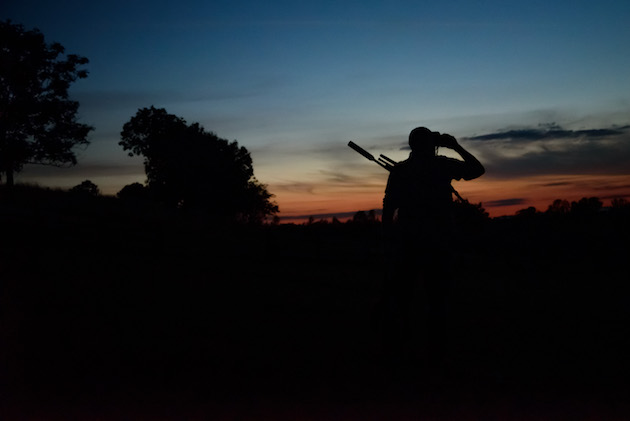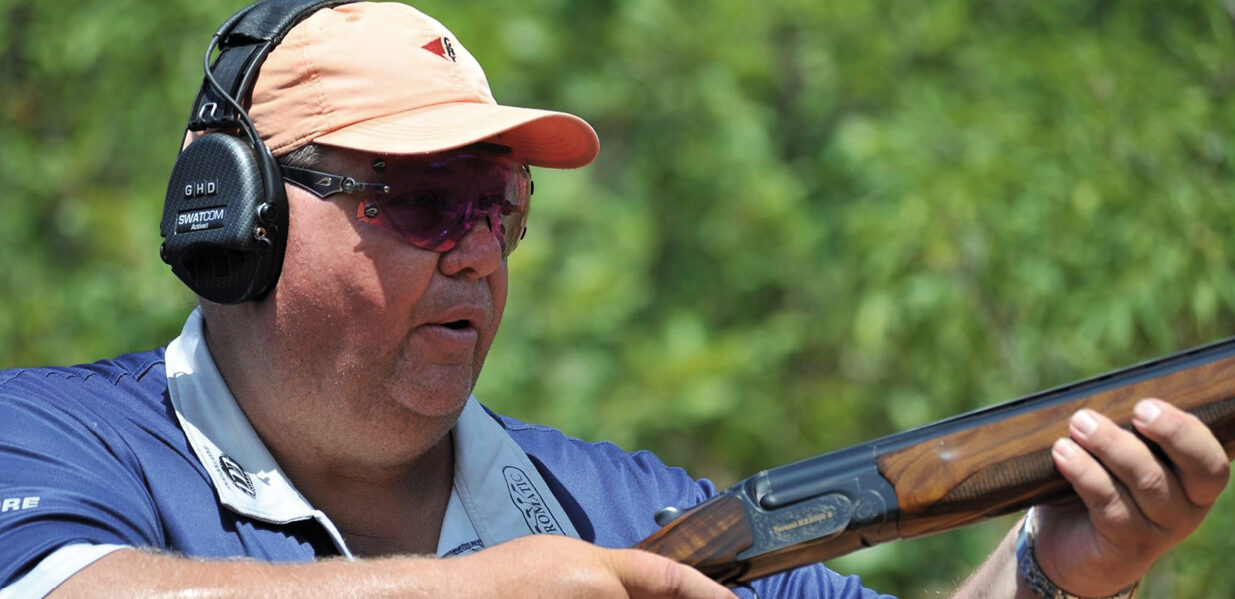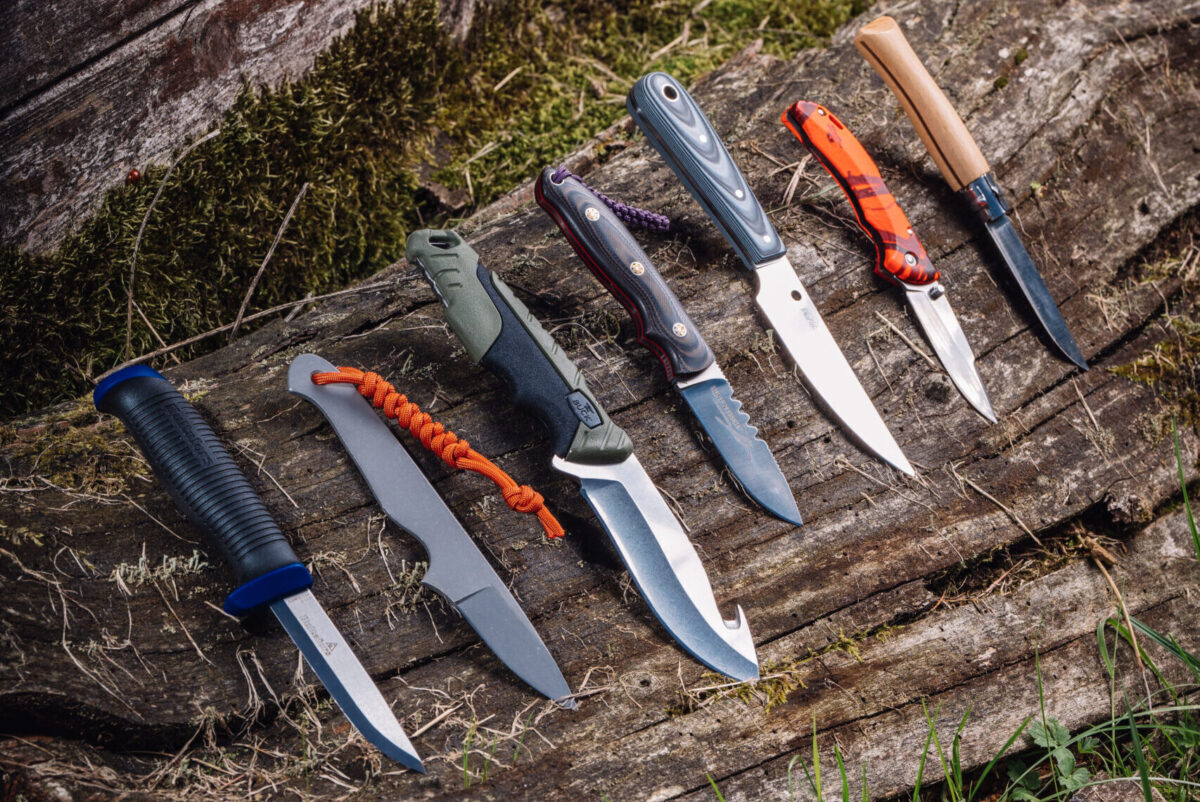Thermal imagers: why they’re not unsporting
Thermal imagers are far from unsporting — providing vision unparalleled by the naked eye, they are an invaluable hunting tool says Alasdair Mitchell

Clear dry air improves all aspects of thermal imaging
I’ve gone over to the dark side. By which I mean I have bought a thermal imager. Which is, technically, the bright side. But you know what I mean. And yes, I am now an addicted user. Even on sacred ground, namely the open hill. Before certain former friends horse-whip me down the stairs, allow me to explain myself. (Read our review of top thermal imagers.)
The thermal imager I have is one of the cheaper models. But it is already literally opening my eyes. I am beginning to wonder how much I missed before. For example, while adjusting the brightness the other evening, I suddenly noticed the images of two young foxes playing in the back paddock. Without the thermal imager, I would have had no idea they were there. The same goes for spotting the tawny owl in an oak, or the packet of red deer lying in heather on a distant hillside one morning, an hour after sunrise. I certainly couldn’t see them with the naked eye and struggled to spot them with my binoculars. (Read our guide to budget binoculars.)
Hunting is a bastion of tradition. There is always a lag between the appearance of a new bit of kit and its acceptance by the hunting community. I can remember when the appearance of an over-and-under shotgun on a driven shoot would spark some snide whispers. Now I seem to be one of the few who still use a side-by-side. When did the changeover happen? I just woke up one day and found that I was on the wrong side of fashion. The story of my life… (Mat Manning puts thermal imagers through their paces here.)
Riflescopes were regarded as unsporting by certain hardcore traditionalists until the 1930s or 1940s. Yet such sights had been in use by the military several decades earlier. I don’t know precisely when they became the norm for deerstalking, but the process took some time. (Read what to wear deerstalking.)
Were binoculars ever regarded as giving the shooter an unfair advantage? Arguably, the first really practical handheld binos came on to the market in 1893, when the Carl Zeiss company patented the Porro prism design. Today, it seems, glass optics may be to thermal imaging what Greeks were to the Romans. The change could take years, but it seems inexorable.
Some argue that the thermal revolution is in its infancy. “We ain’t seen nothin’ yet,” they say. This was brought home to me when listening to a talk given by Ben Harrower at a recent event organised by the Forestry Commission. Ben’s outfit, BH Wildlife Consultants, uses drones to conduct population and distribution surveys of deer and other large mammals. The drones he uses weigh as much as 9kg and can be flown in winds of up to 35mph. Carrying a thermal imager and two other cameras, they can survey several thousand hectares a day. They work best in the cooler months, between October and April.
The drone’s thermal imager is used to spot heat sources. Then a high-definition camera can be zoomed in to identify the species, sex and age. Data can be stored for later examination, including counting. This spy-in-the-sky technology has revealed that deer densities may be far higher in certain areas than anyone had realised. Where is all this going? Could we ever see drones being equipped for airborne deer-culling?







